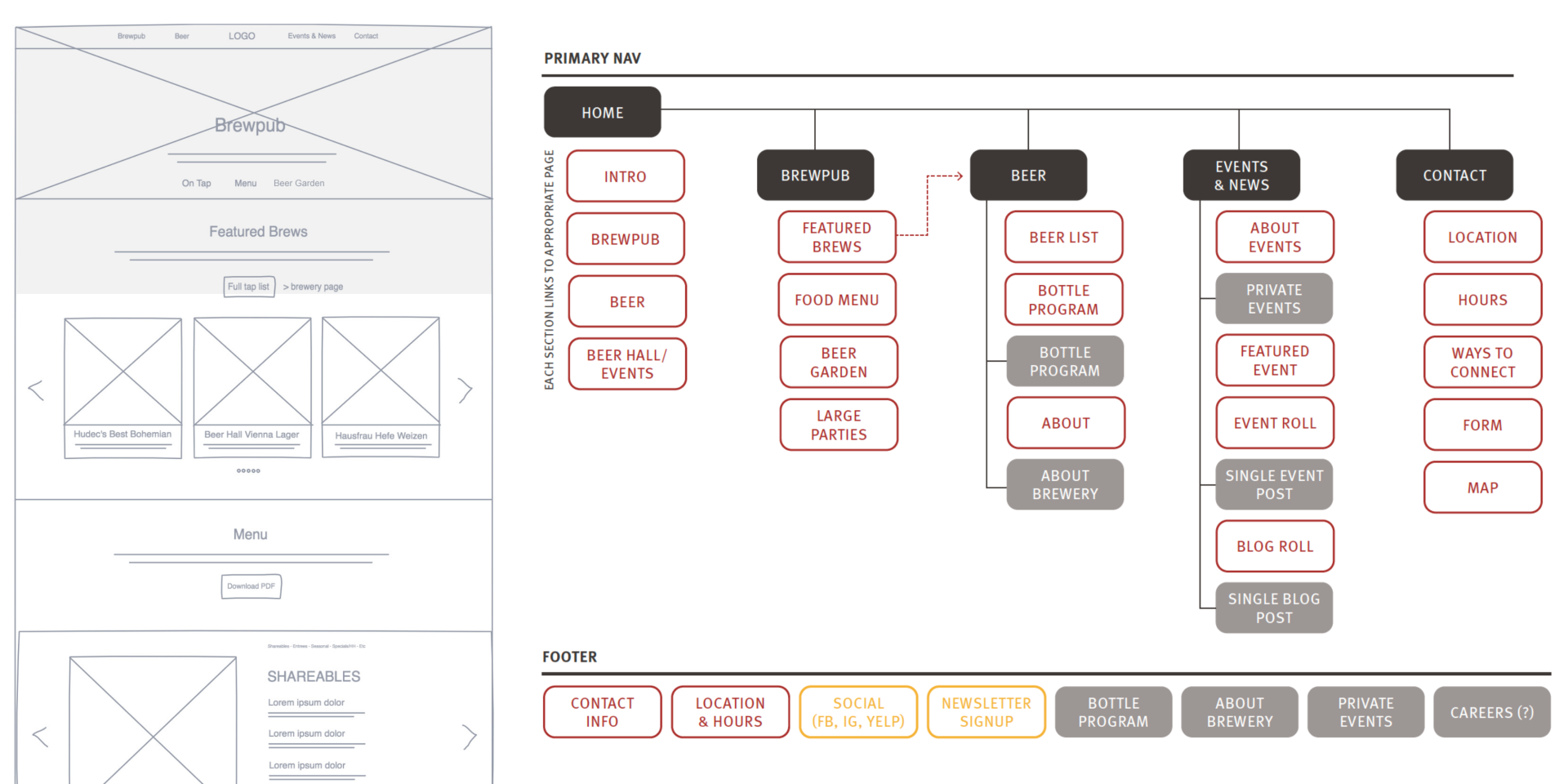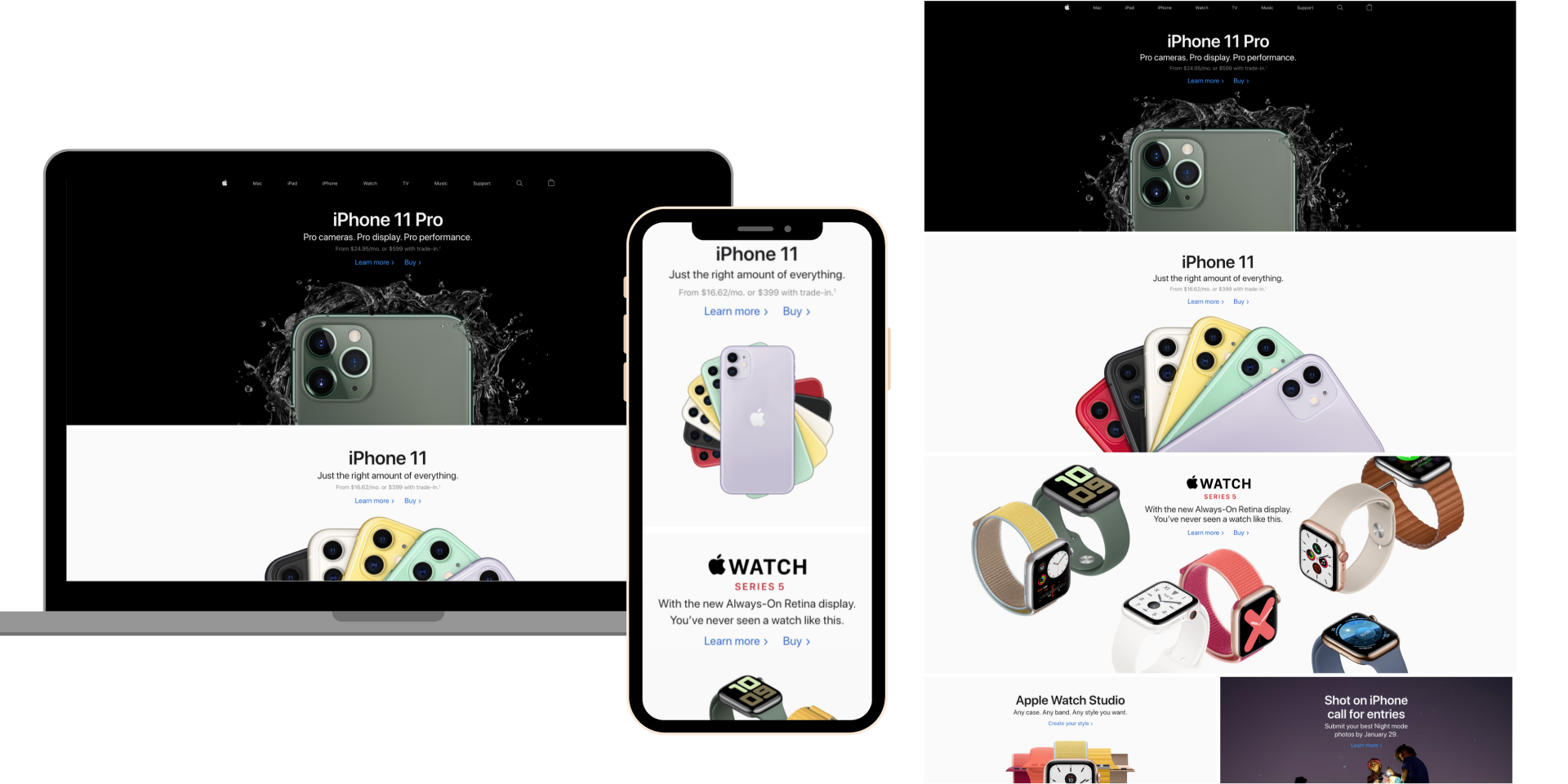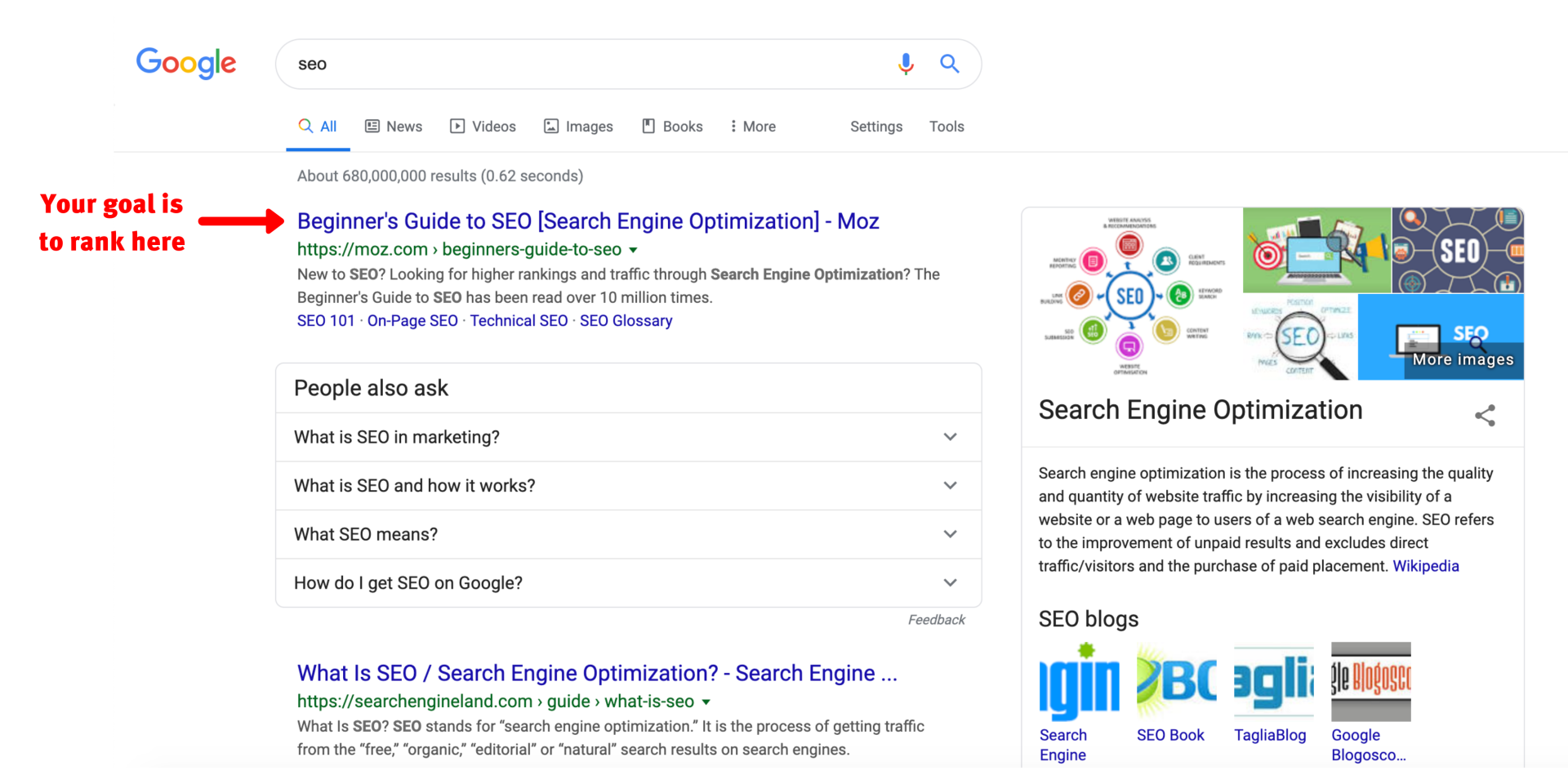A great website design goes beyond aesthetics. While aesthetics are important, there are many other components to a great website that can provide benefits for your business. Nowadays, looks only go so far, and designers need to make design choices with purpose other than just what looks beautiful. Their designs need to optimize user experience, marketing alignment, SEO, responsiveness, and brand uniformity. Without all of these elements built into your website design, your website could actually turn potential customers away and hurt your business.
Elements of a Great Website Design
There are many elements that go into a great website, but I want to focus on those that are most beneficial to your business’s success: user experience (UX), branding, user interface (UI), and marketing alignment.
User Experience & Driving Conversions
UX is all about how a user experiences and interacts with your site, from the page flow and content organization to the location of images and buttons. Can a user easily navigate the site to find what they are looking for? Can they quickly and easily understand your products and services? Are they compelled to take the actions you intend (like make a purchase)? These are all questions you should ask when designing or redesigning a website to ensure it doesn’t turn anyone away and is optimized to turn as many visitors to customers as possible. In fact, 88% of users won’t return to a website after a bad experience.

UX decisions should be made with your target audience and their ideal buyer journey in mind. Messaging will be consistent, CTAs will be placed and designed to maximize clicks, and analytics can reveal problems that aren’t obvious. The website will assist the marketing and sales teams, not just website visitors, and the overall functionality of the website will be improved on the front and back end. If your UX is designed and built this way, it will act as a system for garnering and maintaining customer loyalty to your brand. An optimized web design will also simplify the path to conversion for a user, leading to more (and quicker) conversions and thus, more revenue.
Branding and User Interface Design
You’re probably familiar with Jeff Bezos’ famous saying, “Your brand is what other people say about you when you’re not in the room,” and it really rings true. If you want other people to say great things about you when you’re not in the room, you need to make a great impression anywhere your brand is present. In many instances, your website is the first source for leaving an impression. A boring, confusing, less-than-pleasing interface design will not only turn potential customers away, but it will leave a bad taste in their mouth about your brand.
Your user interface design (how your website and its components look) shouldn’t be complicated, visually overwhelming, or inconsistent and should stem from your ideal customer’s needs. If someone were to find themselves on your website, would they find visual consistency, purposeful content organization, and brand clarity? These components will garner trust and positive perceptions of your brand. A great interface will also establish your website as being more credible, as 75% of people judge a brand’s credibility based on the website’s aesthetics.
Aesthetic, or “image” is just one component of your brand: Other elements include values, voice, image, and your offer. All of these elements need to be represented consistently across all mediums and platforms for communication. If your website isn’t aligned with your brand, it could cause confusion and disconnect. Your website is a direct representation of your brand and you should be equally as proud of your website as you are of your brand.

Marketing Alignment: Content & SEO
Making design decisions based on marketing efforts will greatly impact the number of leads, inquiries, and sales generated, your page authority, and the number of website impressions. When marketing and design teams work harmoniously, great things will happen.
A marketer’s goal is always to optimize their site content to rank on page 1 of search engines, and designing the site with SEO in mind will help immensely. Designing for SEO means minimizing the length of your site code as much as possible, getting rid of outdated technology, including business-related target keywords in the HTML, properly citing header tags, organizing the site in a way that is easy for Google to digest, adding alt-text to images, and compressing imagery for faster page-load speed. It’s also important to be aware of certain design trends (such as parallax scrolling) and whether or not they will hurt your on-site SEO. Typically, more traditional site structures fare best with search engines, even if you have to sacrifice crazy design choices.

Another aspect of SEO is mobile responsiveness. Search engines like Google prioritize Accelerated Mobile Pages (AMP). In other words, Google really loves website pages that look just as good on mobile as they do on a desktop. This is super important because without a website that is optimized for mobile, you could be missing out on over 50% of potential customers. In fact, 57% of all website traffic comes from mobile devices. So not only will a mobile responsive site rank better on Google, Bing, and Yahoo, but you will give mobile users a more streamlined user experience. 60% of users refuse to come back if website design is not responsive, so as much as search engines like mobile responsiveness, consumers do, too.
All of these design SEO techniques are a part of technical SEO, while all the techniques for content creation are known as on-site SEO (keywords and original content) and off-site SEO (backlinks).
Help Your Business With a Great Website Design
A great website design will achieve more than just beauty if done right. It will drive more revenue with a seamless UX, improve search engine rankings with proper marketing alignment, and leave a great brand impression with brand uniformity. If you have been dabbling with the idea of redesigning your website, hopefully we’ve provided you with some clarity. If you have any questions about website design, branding, or marketing, we would be happy to answer them. Just reach out to us!





